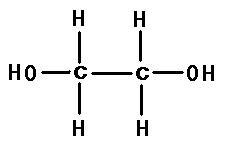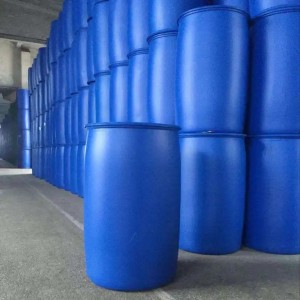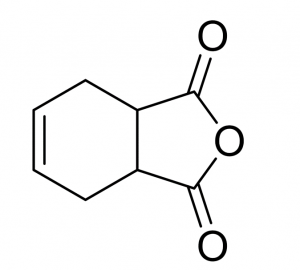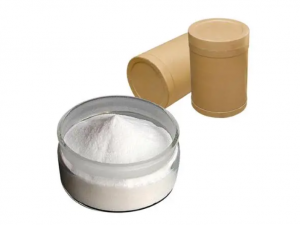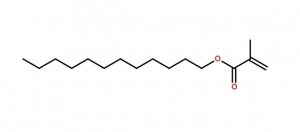Mono ethylene glycol
Mono ethylene glycol
Description:Ethylene glycol is a colorless, odorless, sweet liquid with low toxicity to animals. Ethylene glycol is miscible with water and acetone, but has low solubility in ethers. Used as solvent, antifreeze and raw material for synthetic polyester. Polyethylene glycol (PEG), a high polymer of ethylene glycol, is a phase-transfer catalyst also used in cell fusion; its nitrate ester is an explosive.
Characteristics:1.Strong water absorption 2.a colorless, slightly viscous liquid
Application:
1.Mainly used to make polyester, polyester, polyester resin, hygroscopic agent, plasticizer, surfactant, synthetic fiber, cosmetics and explosives, and used as a solvent for dyes, inks, etc., antifreeze for preparing engines, and gas dehydrating agent , manufacture resin, can also be used as wetting agent for cellophane, fiber, leather, adhesive.
2.It can produce synthetic resin PET, fiber grade PET is polyester fiber, and bottle flake grade PET is used to make mineral water bottles, etc. It can also produce alkyd resin, glyoxal, etc., and is also used as antifreeze. In addition to being used as an antifreeze for automobiles, it is also used for the transportation of industrial cooling capacity, generally called a refrigerant, and can also be used as a condensing agent like water.
General hints:It is easy to absorb moisture when the concentration is high.
Package:Packed in galvanized iron drums, 100Kg or 200Kg per drum.
Transportation and storage:
1.Before transportation, check whether the packaging container is complete and sealed, and ensure that the container does not leak, collapse, fall or damage during transportation.
2.It is strictly forbidden to mix loading and transportation with oxidants and acids.
3.During shipping, it should be isolated from engine room, power supply, fire source and other parts.
4.Road transportation should follow the prescribed route.


